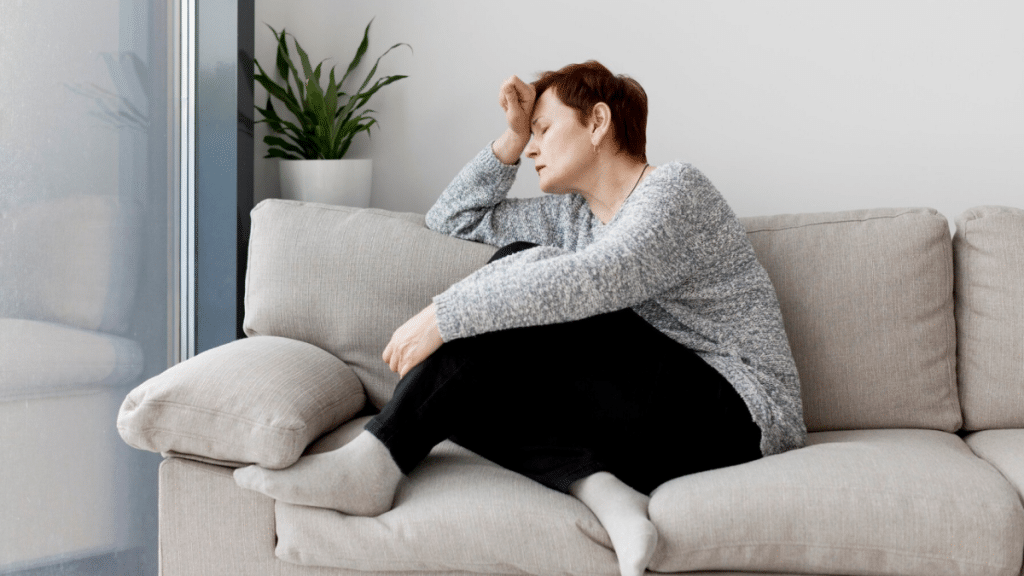If you’ve experienced a panic attack, you’re not alone. Up to 11 percent of people will have one in any given year, according to the Cleveland Clinic. A much smaller fraction of people—2.7 percent—have “panic disorder,” a treatable anxiety disorder characterized by panic attacks.
What many don’t know is that a phenomenon known as “anxiety sensitivity” plays a major role in the onset of panic attacks, and that awareness of this fact can help them better prepare for and manage these situations. What is anxiety sensitivity, and how can you address and reduce it? Answers to these questions can inform better self-care for anyone with anxiety and panic issues.
What Is “Anxiety Sensitivity”?
“Anxiety sensitivity” is when a person experiences natural mental and physical sensations as scary signs that something is wrong. A disturbing thought may cause them to think they are losing their mind. A cramp in their side may introduce the awful thought of cancer.
Over time, the person can, in effect, become conditioned to imagining the worst-case scenario with each new bodily sensation, and this anxiety sensitivity can trigger panic attacks. In fact, it is “the underlying phenomenon that drives panic disorder,” according to Gabe Gruner, LICSW, a psychotherapist at Brigham and Women’s Hospital.
In other words, addressing and managing anxiety sensitivity can be an important part of preventing and mitigating panic attacks, but what might that look like?
How to Address Anxiety Sensitivity
First, it can be helpful to know that anxiety sensitivity is not a genetically inherited trait. Gruder and most psychologists view it as a learned response. In a similar vein, they agree that panic attacks are also not hereditary but rather evolve over time as a conditioned response to physiological changes. This is encouraging, because it means that anxiety sensitivity can be unlearned, much like an unhealthy habit.
Second, therapy can be very effective at helping people reduce and decondition from their anxiety sensitivity. Research has found that Cognitive Behavioral Therapy and Acceptance and Commitment Therapy, a type of CBT, are especially helpful and work much of the time.
Cognitive Behavioral Therapy teaches people how to challenge the “cognitive distortions” and “all-or-nothing” thinking that may be contributing to their anxiety sensitivity. Through work with a CBT therapist, they can become mindful of these thoughts and the emotions that they trigger; and they can learn to replace these unhealthy thoughts with more realistic interpretations. Instead of amping up their stress in the moment, by leaping to the conclusion that the cramp in their side means cancer, they can practice healthier self-talk that lowers their stress in the moment.
Acceptance and Commitment Therapy can reduce anxious rumination, by helping people accept what is out of their control and focus their energy on what they can control (their actions).
Third, holistic practices like yoga and mindfulness meditation can often increase self-awareness, improve a person’s capacity for self-regulation in times of stress, and build a healthier, more positive sense of connectedness with the body.
What works for one person may not work for another person, so finding the therapy or practice that works best for you is key. With a little trial and error, as well as practice and commitment, it’s possible to overcome anxiety sensitivity and reduce or even conquer panic attacks.
